At the end of each year I like to go back and look at the bird photographs I have taken and choose the ones I like the best for a “favorite bird photo” post. I try to pick at least one photograph from each month however some months were photographically prolific, others not so much. Each description gives the camera settings used for that photograph.
All photographs where taken with a Nikon D90, using a Nikon 1.7x teleconverter and Nikon 200-400mm f/4G ED lens unless otherwise noted. Click on photos for full sized images and click on the name of the bird for a link to one of my posts on that species.Many of the posts also include videos.
The Sacramento National Wildlife Refuge Complex consists of five national wildlife refuges (NWR) and three wildlife management areas (WMA) that comprise over 35,000 acres of wetlands and uplands in the Sacramento Valley of California. In addition, there are over 30,000 acres of conservation easements in the Complex. The Refuges and easements are part of the U.S. Fish and Wildlife Service where they serve as resting and feeding areas for nearly half the migratory birds on the Pacific Flyway.

Snow Goose (Chen caerulescens) photos by Larry Jordan
The Snow Goose above was caught in a landing at Colusa NWR, one of the refuges in the complex – taken at1/2000 sec, f/8, ISO 640. Below, the smallerRoss’s Goose (Chen rossii) was spotted among the Snow Geese on the same day, the photo taken at 1/800 sec, f/10, ISO 320.

The Sacramento NWR Complex offers four photography blinds that may be reserved by lottery. One advantage of shooting from a photography blind is of course, that the wildlife approaches closer to you than they normally would.This photo of a Northern Shoveler (Anas clypeata) drake was taken from the Colusa NWR blind at 1/320 sec, f/10, ISO 200.
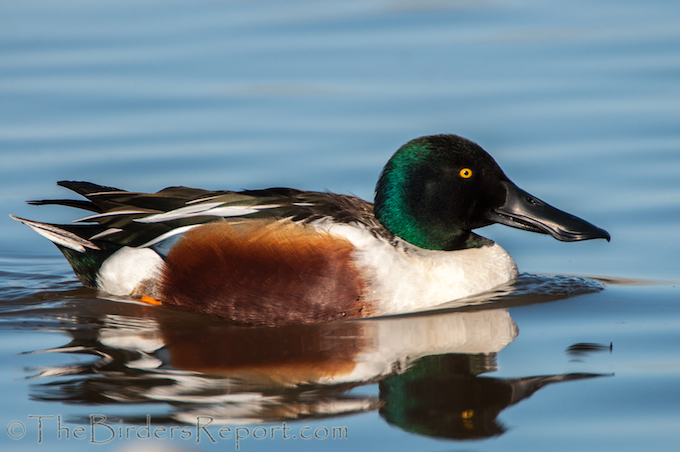
In February I attended the Winter Wings Festival in Oregon’sKlamath Basin. Besides the incredible beauty of the area, the festival always offers great photography workshops and field trips.
One of the workshops I attended was the Extreme Raptor Photo Shoot put on by the High Desert Museum, which gave wildlife photographers a chance to capture in flight shots of several of the museum’s education birds. This photo of the Northern Goshawk (Accipiter gentilis) has been processed in photoshop to remove the jesses (short straps fastened around the leg of a captive raptor) and make it look more natural. This is an education bird that cannot be released back into the wild. The photo was taken on an overcast day with the Nikon 70-300 f/4.5-5.6G ED lens at 1/1250 sec, f/5.6, ISO 1000.

Since I apparently didn’t spend much time birding in March I’m going to insert one of my favorite photos of this bright male Western Bluebird (Sialia mexicana) found on my bluebird trail at Lema Ranch in February. I took this at 1/400 sec, f/6.7, ISO 250.

In April, these American White Pelicans (Pelecanus erythrorhynchos) were seen in the company of a couple of Double-crested Cormorants (Phalacrocorax auritus) on the Sacramento River and photographed at 1/160 sec, f/18, ISO 500.

As May rolled around I returned to Modoc NWR in the hope of spotting some Sandhill Crane (Grus canadensis) colts. The refuge is a known breeding ground for these majestic birds where I was lucky to find a pair of adults nurturing two young colts. This photo was taken at 1/160 sec, f/20, ISO 500.

As May turned into June, the Klamath Basin Bird Observatory sponsored the inaugural Mountain Bird Festival. A few of the festival’s target birds would be lifers for me, including the Great Gray Owl (Strix nebulosa). We were able to see a nesting female with her young in a man made nest structure. These “nest boxes” have enhanced local breeding for these huge owls whose nest success is boosted to 83% on artificial platforms vs. 66% at natural sites. This photo was taken in low light at 1/125 sec, f/6.7, ISO 500.

The other bird I was very excited to get some good shots of is the secretive Green-tailed Towhee (Pipilo chlorurus). This photo was taken in the shrub-steppe habitat where it breeds at 1/60 sec, f/6.7, ISO 200.

During the summer months here, the heat rises and bird activity diminishes but there is always activity at my backyard bird feeders and water feature. We have a resident community of Acorn Woodpeckers (Melanerpes formicivorus) that visit year round and this juvenile was captured in July from my porch at 1/400 sec, f/6.7, ISO 200.

On a scouting trip to one of our local birding hotspots in August, I spotted thisWillow Flycatcher (Empidonax traillii) and snapped a few good shots. This one is my favorite at 1/160 sec, f/6.7, ISO 640.

Migrants still filtering through this section of the Pacific Flyway in September offered up a plethora ofYellow Warblers (Setophaga petechia) this year. I photographed this beauty at 1/1000 sec, f/6.7, ISO 800.

Our annual Northern California Audubon Council meeting, in which I was able to participate, took place in October. The 2014 meeting was hosted by Plumas Audubon in this beautiful area surrounding the Feather River. I was privileged to stay with some good friends who have made their home a wildlife sanctuary, offering up a multitude of native species. This Red-breasted Sapsucker (Sphyrapicus ruber) was one of our morning visitors, taken at 1/80 sec, f/6.7, ISO 800.

I have been very busy the last few months and unfortunately have not had ample opportunity to get out and photograph birds. I did however, shoot a video on my way down to Chico to give a presentation on “Cavity Nesting Birds” for Altacal Audubon Society.
There were thousands of Snow Geese, Tundra Swans, Greater White-fronted Geese and Sandhill Cranes feeding and resting in the agricultural fields along highway 99. A gorgeous sunset as the backdrop for the sights and sounds of this vocal horde give one a sense of what wildlife viewing is all about. I hope you enjoy it.
Larry Jordan
Larry Jordan is an avid birder and amateur photographer living on the Pacific Flyway near the Central Valley of Northern California. He is a board member of his local Audubon Society and is a bird and wildlife conservationist. Larry contributes to several wildlife conservation organizations and is a BirdLife International "Species Champion." He is also Habitat Manager for the Burrowing Owl Conservation Network, an organization dedicated to the protection and restoration of the Western Burrowing Owl population in the United States. Larry has been blogging about birds since September of 2007 at TheBirdersReport.com

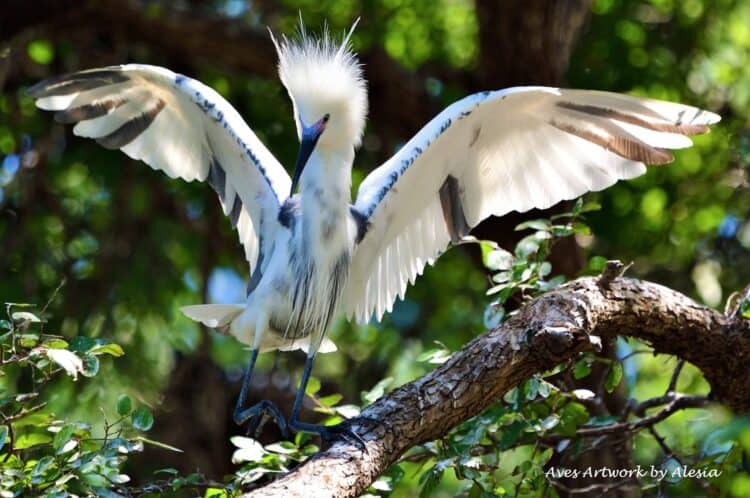

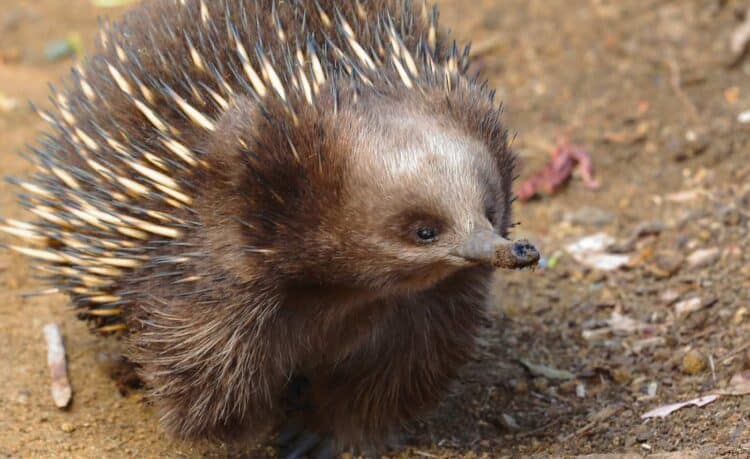
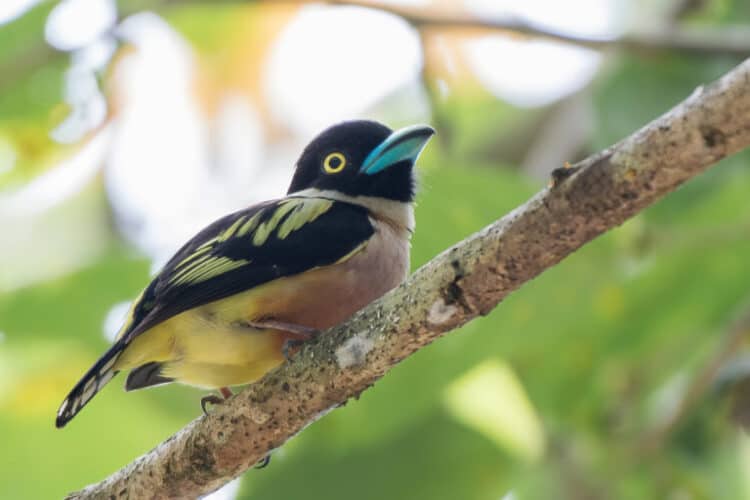

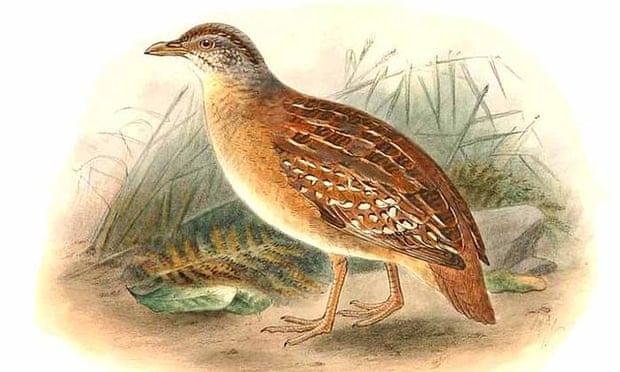
Leave a Reply